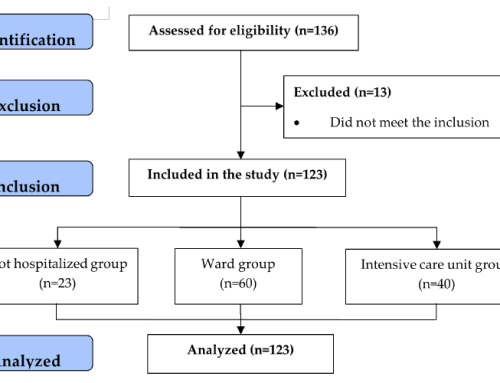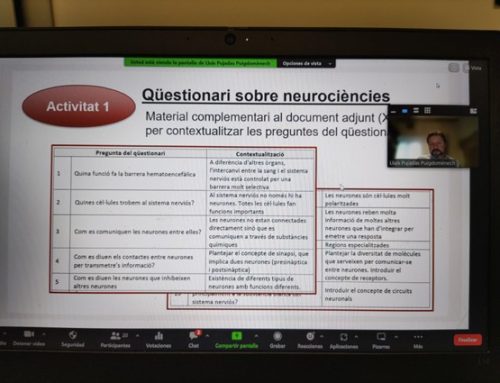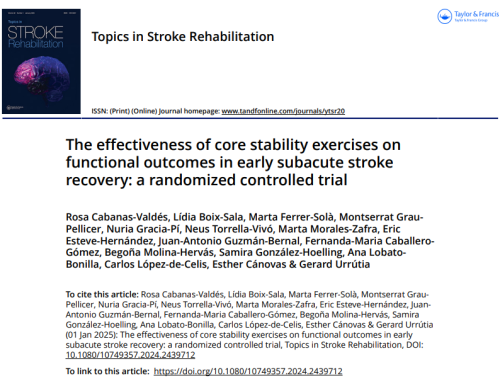ARTICLE. Xue L, Sun Q, Zhao H, Rovira X, Gai S, He Q, Pin JP, Liu J, Rondard P. Rearrangement of the transmembrane domain interfaces associated with the activation of a GPCR hetero-oligomer. https://www.nature.com/articles/s41467-019-10834-5#Sec23
Abstract
G protein-coupled receptors (GPCRs) can integrate extracellular signals via allosteric interactions within dimers and higher-order oligomers. However, the structural bases of these interactions remain unclear. Here, we use the GABAB receptor heterodimer as a model as it forms large complexes in the brain. It is subjected to genetic mutations mainly affecting transmembrane 6 (TM6) and involved in human diseases. By cross-linking, we identify the transmembrane interfaces involved in GABAB1-GABAB2, as well as GABAB1-GABAB1 interactions. Our data are consistent with an oligomer made of a row of GABAB1. We bring evidence that agonist activation induces a concerted rearrangement of the various interfaces. While the GB1-GB2 interface is proposed to involve TM5 in the inactive state, cross-linking of TM6s lead to constitutive activity. These data bring insight for our understanding of the allosteric interaction between GPCRs within oligomers.
A new article in Nature Communications has just been accepted for publication with the participation of Xavier Rovira as a first co-author. This article is the second published by this collaborative international team of researchers. The first one, published in Nature Chemical Biology (doi: 10.1038/nchembio.1711), established the rearrangement of GPCR homodimers upon activation. This mechanism was validated in a study by the Nobel Prize Brian Kobilka early this year (doi: 10.1038/s41586-019-0881-4). In this second article, the authors demonstrate that the movements of a GPCR hetero-oligomer is following the same trend upon activation but the complexity of this mechanism is increased due to the presence of two different subunits or protomers.












Leave a Reply